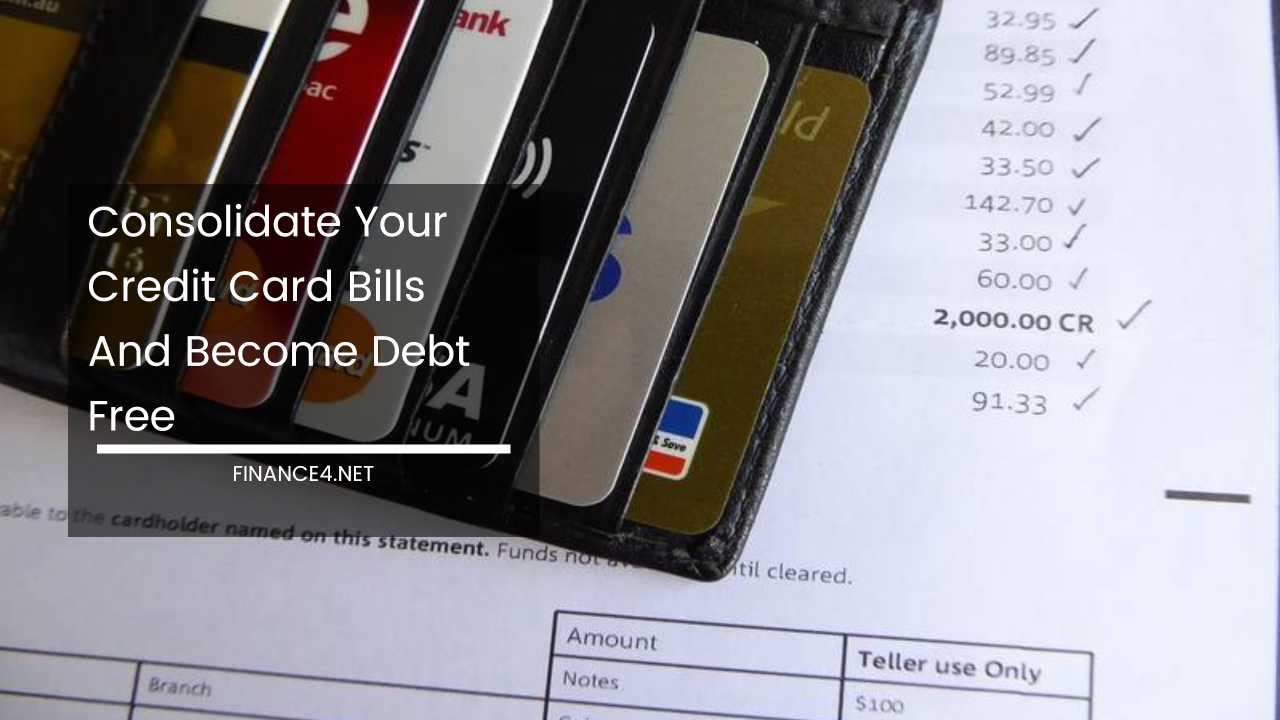Credit Score Comeback: 12 Powerful Steps to Repair Your Credit

Reclaiming Your Financial Future: A 12-Step Guide to Repairing Your Credit Score
The sight of a low credit score can be disheartening. Missed payments, high balances, and past delinquencies can create a roadblock to financial goals like securing a mortgage, obtaining a car loan, or even landing your dream job. But fear not!
Repairing your credit score is an achievable goal, and with the right strategies, you can unlock a brighter financial future.
Understanding the Impact of Bad Credit
A low credit score creates a domino effect that can impact various aspects of your life. Here’s why it’s crucial to address it:
- Loan Qualification and Interest Rates: Low credit scores make qualifying for loans – from mortgages and car loans to personal loans – significantly more difficult. Even if you manage to secure a loan, you’ll likely face higher interest rates, which means paying more for the money you borrow.
- Rental Applications: Landlords often use credit scores to assess potential tenants’ financial responsibility. A low score could lead to difficulty finding housing or requiring a larger security deposit.
- Insurance Rates: Some insurance companies, like car insurance providers, may consider your credit score when calculating your premiums. A low score could translate to higher insurance costs.
- Employment Opportunities: While not universally practiced, some employers use credit scores as part of their background check process. A low score may hinder your chances of getting hired or receiving a competitive salary offer.
The Road to Recovery: 12 Steps to Boost Your Credit Score
The good news is that you have the power to improve your credit score. Here’s a comprehensive 12-step guide to get you started:
-
Obtain Your Credit Report: You’re entitled to a free credit report from each of the three major credit bureaus (Equifax, Experian, and TransUnion) annually. Visit https://www.annualcreditreport.com/index.action to access them. Review each report thoroughly for errors or discrepancies. If you find any, dispute them immediately with the credit bureau in question.
-
Prioritize On-Time Payments: This is the cornerstone of credit repair. Late payments can significantly damage your score and stay on your credit report for up to seven years. Set up automatic payments or calendar reminders to ensure you never miss a deadline.
-
Develop a Debt Repayment Plan: Analyze your debts and prioritize them based on interest rate or account balance. Consider tackling high-interest debts first, like credit cards, to minimize the interest accrued. There are various debt repayment strategies, such as the snowball method (paying off the smallest debts first) or the avalanche method (focusing on the highest-interest debts first). Choose a method that aligns with your financial situation and stick to it.
-
Negotiate for Better Terms: Don’t shy away from contacting creditors. For delinquent accounts or collections, explore settlement options. Propose a lump sum payment for a reduced amount to clear the debt and potentially remove negative marks from your report. Additionally, negotiate lower interest rates on existing loans. A lower interest rate frees up more money each month to pay down your principal balance, positively impacting your score.
-
Maintain a Low Credit Utilization Ratio: This ratio refers to the percentage of your available credit limit that you’re actually using. Experts recommend keeping this ratio below 30%. For example, if your credit card has a $1,000 limit, strive to maintain a balance below $300. This demonstrates responsible credit management to lenders.
-
Strategically Manage Existing Credit Cards: Don’t close unused credit card accounts unless they have annual fees. While keeping inactive accounts open may not actively improve your score, closing them can negatively impact your credit utilization ratio by reducing your total available credit. However, if a card has a high annual fee or tempts you to overspend, consider closing it after using it for a small purchase to keep it active.
-
Build Positive Credit History: The more positive credit accounts you have, the better. If your credit score is low, consider applying for a secured credit card. These cards require a security deposit, which becomes your credit limit. By using the card responsibly and making timely payments, you’ll build a positive credit history. After consistent responsible use, you may even qualify for an unsecured credit card with a higher limit.
-
Explore Secured Loans: Secured loans, like a secured credit card, require collateral, such as a car title or savings account deposit. Making on-time payments on a secured loan helps establish a positive credit history and can significantly improve your score.
- Be Patient and Avoid Credit Inquiries: Credit repair is a marathon, not a sprint. It takes time and consistent effort to see significant improvements. Avoid applying for multiple loans or credit cards in a short period, as each inquiry can cause a temporary dip in your score.
- Seek Professional Help: If you’re overwhelmed by debt or find navigating the credit repair process challenging, consider seeking help from a credit counseling agency. These non-profit organizations provide free or low-cost credit counseling and debt management plans. They can help you create a budget, negotiate with creditors, and develop a personalized strategy to become debt-free.
Beyond the Steps: Building Financial Wellness
Repairing your credit score is an investment in your long-term financial well-being. Here are some additional practices to consider:
-
Create a Budget and Track Your Spending: Knowing where your money goes is crucial for managing your finances effectively. Develop a budget that outlines your income and expenses, and track your spending habits to identify areas where you can cut back. Allocate funds specifically for debt repayment and savings.
-
Practice Delayed Gratification: Impulse purchases and unnecessary debt can hinder your progress. Ask yourself if you truly need something before swiping your card. Consider alternative spending strategies, like waiting a set period (e.g., 24 hours) before making a purchase, or utilizing a cash-only system for certain categories like dining out.
The Road to Financial Freedom
By following these steps and adopting healthy financial habits, you’ll be well on your way to repairing your credit score and achieving financial freedom.
Remember, you are not defined by your credit score. With dedication, the right tools, and a commitment to responsible credit management, you can overcome past mistakes and unlock a world of financial opportunities.
Additional Tips:
- Consider Credit Monitoring Services: These services can track your credit score and alert you of any changes or potential errors on your credit report. While not essential, they can provide peace of mind and help you stay proactive in managing your credit.
- Beware of Credit Repair Scams: Unfortunately, there are companies that prey on individuals struggling with bad credit. Be wary of any promises of quick fixes or guaranteed results. Credit repair takes time and effort, and there are no shortcuts.
Final Thoughts:
Rebuilding your credit score is an empowering journey. By taking control of your finances and implementing these strategies, you can transform your creditworthiness and unlock a brighter financial future.
Remember, the road to recovery may have its challenges, but with perseverance and a commitment to smart financial habits, you can achieve your financial goals.



